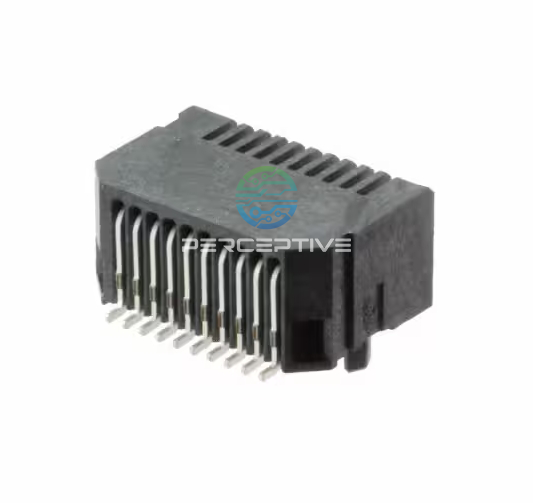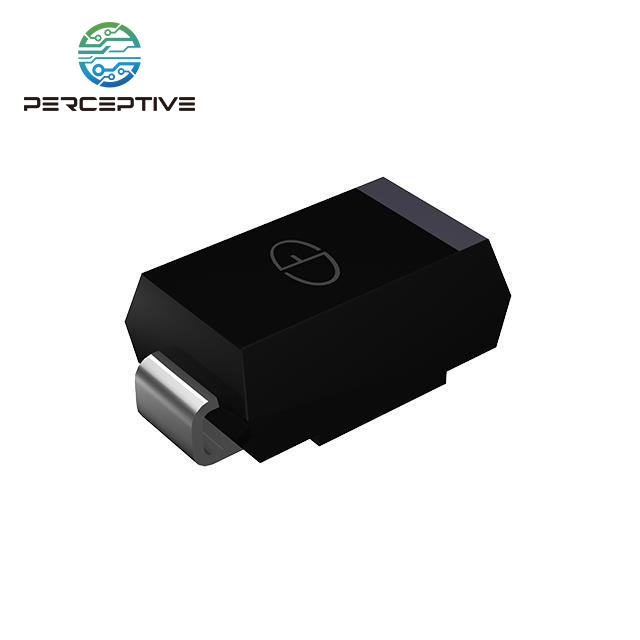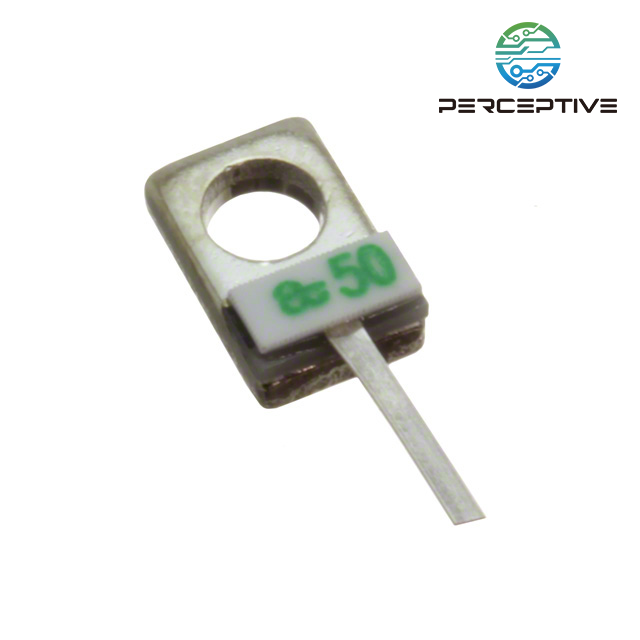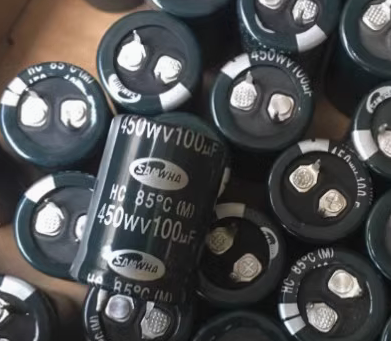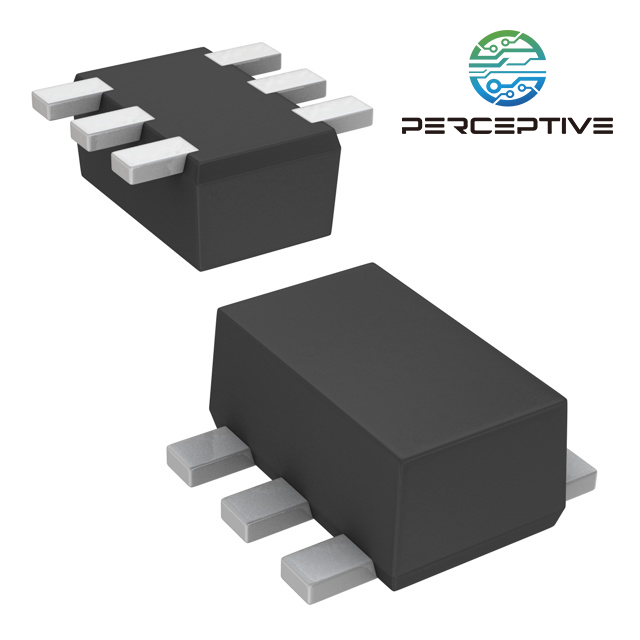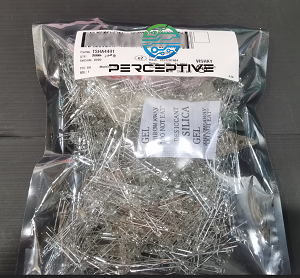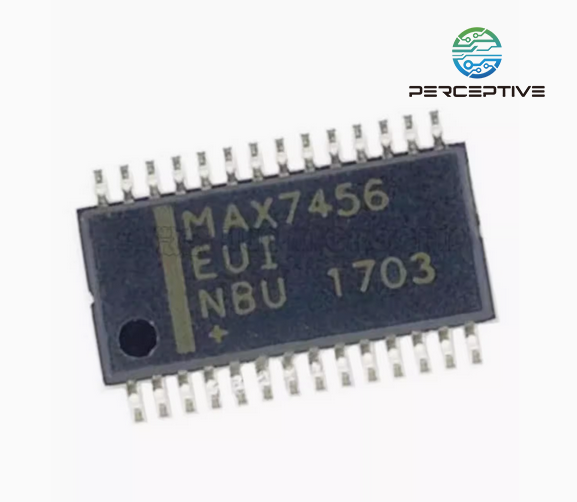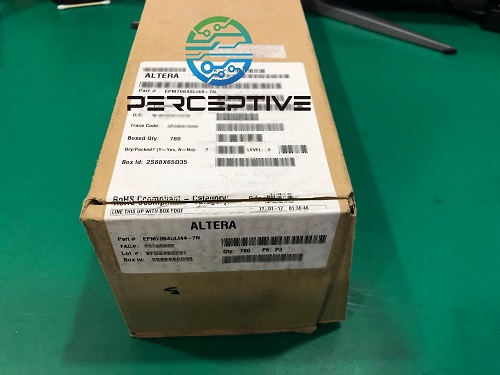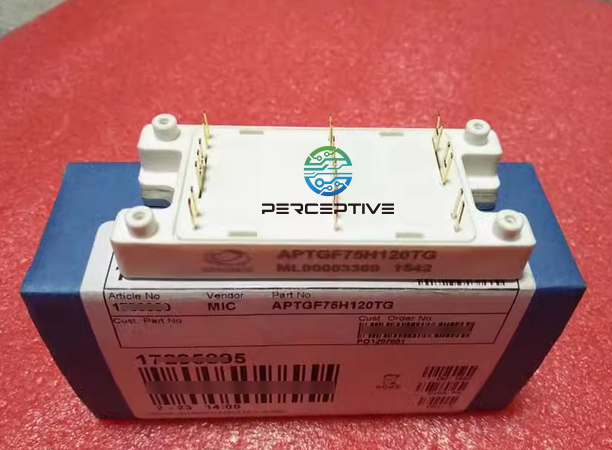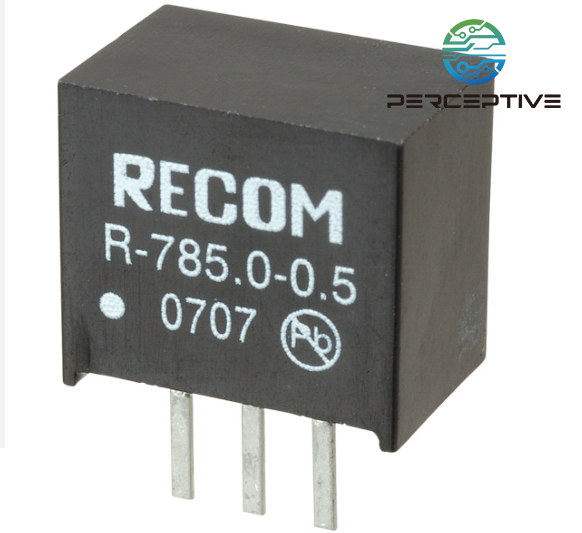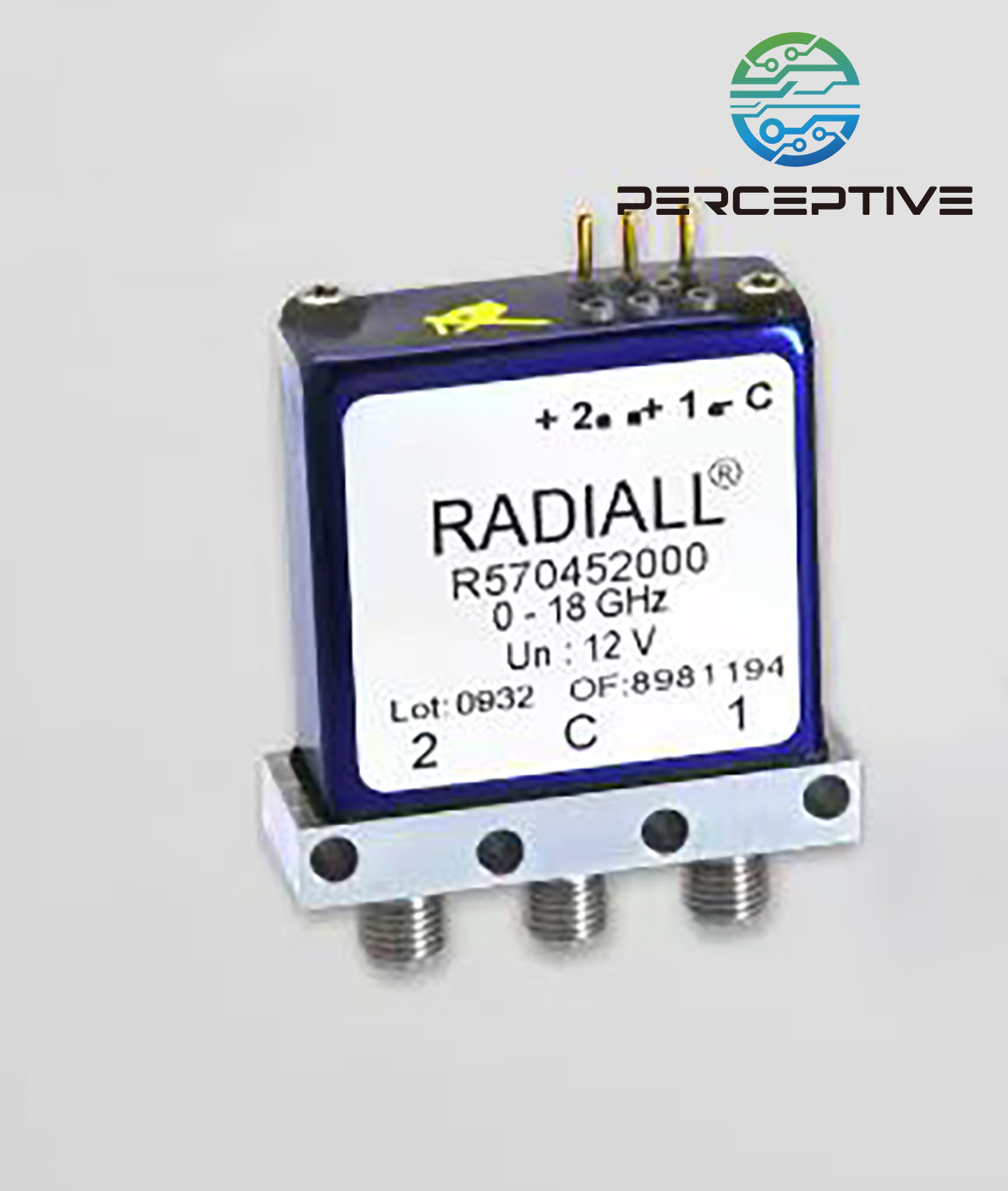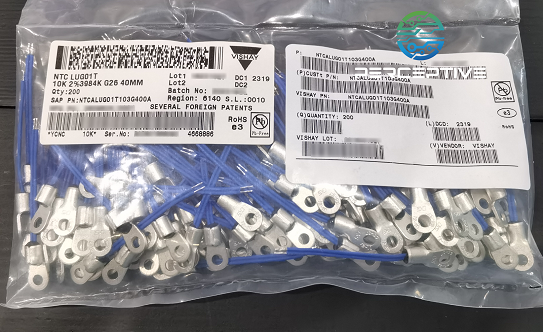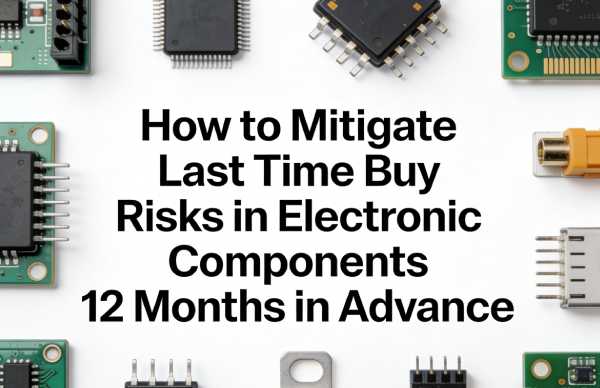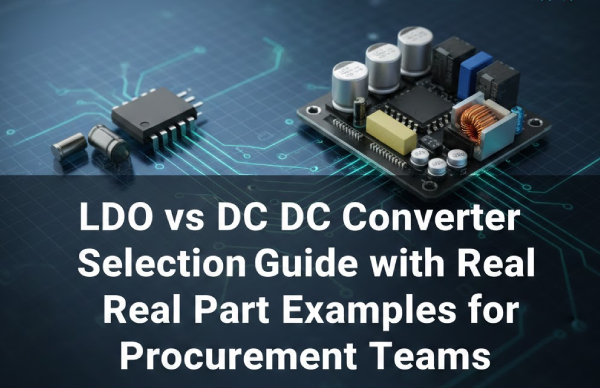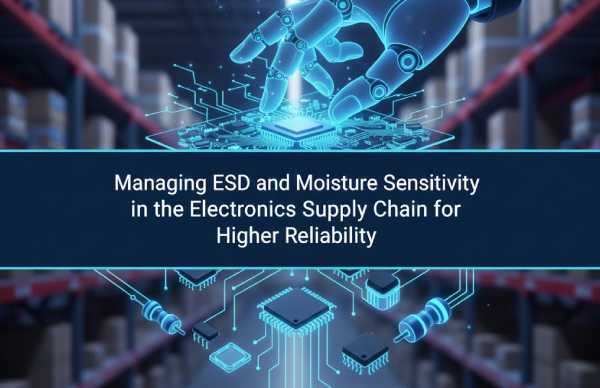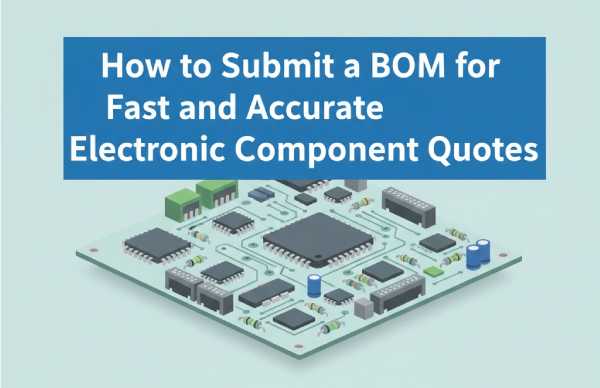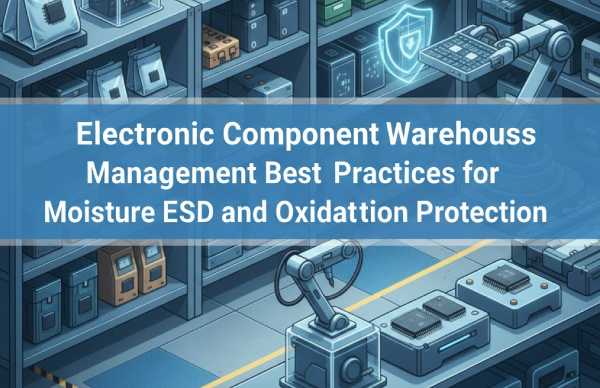In today's fast-moving electronics industry, managing lead time effectively has become critical for maintaining production schedules and meeting customer expectations. Supply chain disruptions, fluctuating demand, and global manufacturing constraints have made lead times increasingly unpredictable. At Perceptive, we understand that shortening lead time is not just about speed—it's about precision, planning, and collaboration.
1. Harness Data to Drive Decisions
Accurate data is the foundation of effective lead-time management. Companies should move beyond generic stocking rules and adopt detailed, BOM-level planning. By categorizing components into long-lead items, such as FPGAs, power ICs, or specialized passive components, and fast-turn parts, procurement teams can allocate resources more strategically. Advanced forecasting tools, including AI-driven predictive models and scenario analysis, allow teams to anticipate potential delays, evaluate alternative sourcing options, and plan safety stock levels intelligently. Leveraging this data reduces reactive ordering and shortens the overall time from order placement to delivery.
2. Design with Supply in Mind
The design phase has a significant impact on lead-time performance. Approximately 70–80% of supply risk is determined by early design choices. Engaging suppliers and distribution partners during initial design reviews helps identify fragile or high-risk components, such as those approaching end-of-life, single-fabrication devices, or unique packaging. Designers can then select high-availability components, consolidate families where possible, and establish a list of approved alternates. Early supplier involvement prevents last-minute redesigns and reduces delays in procurement, ultimately accelerating time-to-market.
3. Implement Layered Sourcing Strategies
Relying on a single supplier may reduce costs but often extends lead times. A layered sourcing approach provides flexibility and ensures continuity:
Establish both primary and backup suppliers for critical components.
Maintain approved alternate parts in the BOM with accurate cross-references.
Collaborate with local or near-shore suppliers to speed up replenishment for short-run orders.
By diversifying sourcing channels, companies can minimize disruption when a supplier faces allocation issues or logistical delays. Ensuring at least two qualified sources for every key component is a practical way to protect production schedules.
4. Optimize Inventory Strategically
Inventory can shorten lead time, but only if used thoughtfully. Time-phased safety stock allows companies to prioritize long-lead items while maintaining lean levels for fast-turn components. Consignment or vendor-managed inventory (VMI) for high-value items can further reduce procurement cycles without locking up capital. For components nearing obsolescence, structured last-time buys or approved redesigns help prevent sudden shortages and lead-time spikes, maintaining steady production flow.
5. Streamline Internal Processes
Internal operations can be a hidden source of delays. Audit purchase-to-PO cycles, supplier confirmation times, and logistics handoffs to identify inefficiencies. Automating repetitive purchase orders, standardizing packaging and documentation, and negotiating faster acknowledgment and partial shipment terms can save days across thousands of SKUs. These incremental improvements compound to significantly reduce overall lead time.
6. Collaborate with Suppliers and Track KPIs
Lead-time reduction is most effective when treated as a collaborative effort with suppliers. Tracking metrics such as mean lead time, lead-time variance, on-time-in-full (OTIF) performance, and fill rates provides transparency and accountability. Sharing rolling forecasts, coordinating safety-stock levels, and co-investing in capacity improvements further strengthens supplier partnerships. By aligning goals, companies can transform supplier relationships into predictable throughput, ensuring sustainable lead-time performance.
Implementation Checklist for Lead-Time Reduction
Identify long-lead items in the BOM and assign time-phased safety stock.
Perform a risk assessment of parts, including single sources, obsolescence, and custom packaging.
Qualify at least one alternate supplier for all critical components.
Automate purchase orders and require electronic acknowledgments from key vendors.
Conclusion
Shortening lead time in electronic-component supply chains requires a disciplined, strategic approach. By combining precise data analysis, proactive design decisions, layered sourcing, optimized inventory, and strong supplier collaboration, companies can reduce production delays and improve reliability. Effective lead-time management not only accelerates product delivery but also enhances customer satisfaction and strengthens competitive advantage.
At Perceptive Components, we assist companies in mapping BOM risk, optimizing inventory strategies, and implementing KPI dashboards to make lead-time improvements measurable, actionable, and repeatable.

